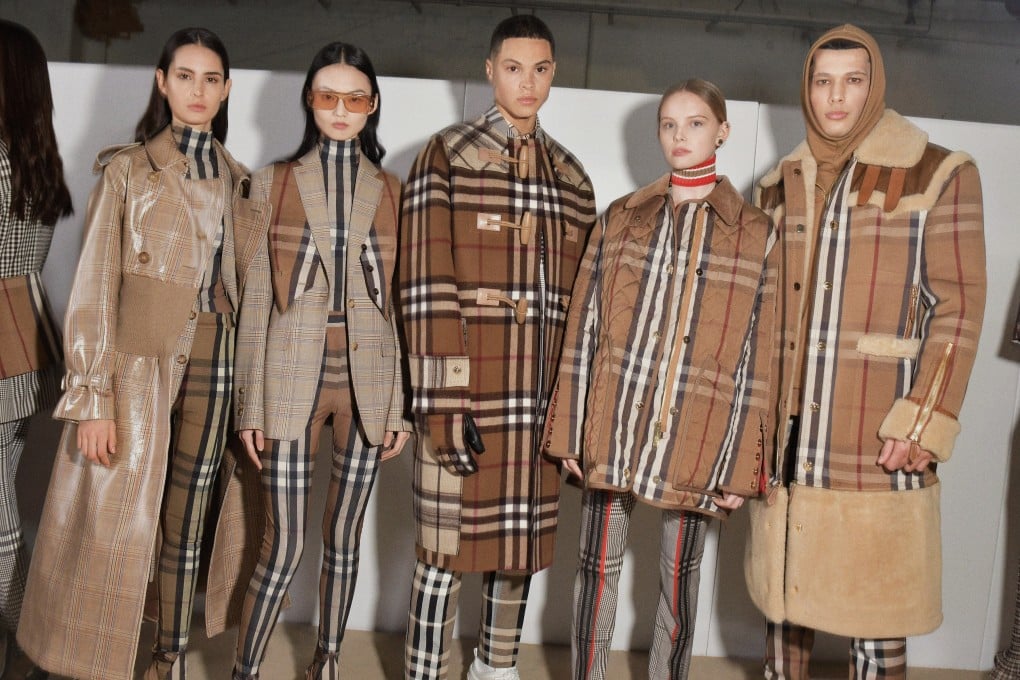For fashion label Burberry, ‘social retail’ store in Shenzhen, China, may set the way but Hong Kong is here to stay, CEO says
- ‘The customer journey starts digitally, but we see that they still want to go into physical stores,’ says Burberry CEO of ‘pilot store’ opened in Shenzhen
- The brand hopes to appeal to a new generation of shoppers there, while retaining its operations in Hong Kong, which Marco Gobbetti has faith will bounce back

When the coronavirus pandemic brought the global economy to a near standstill this year, British fashion label Burberry was in the midst of a long-overdue turnaround that was starting to bear fruit, especially in its biggest market, China.
Tisci had turned Givenchy from a low-key Parisian label making elegant dresses into one of the hottest brands of the past decade, thanks in no small part to his penchant for sportswear and streetwear.

On the digital front, Burberry – the first brand to live-stream a catwalk show back in 2010 before Instagram emerged – has been a pioneer, but competitors have been quick to catch up, with innovations often targeted at their growing Chinese customer base.
Last month, Burberry announced its first-quarter sales were down 45 per cent from a year earlier, and said it expects a decline of 15 per cent to 20 per cent in comparable sales for the second quarter.